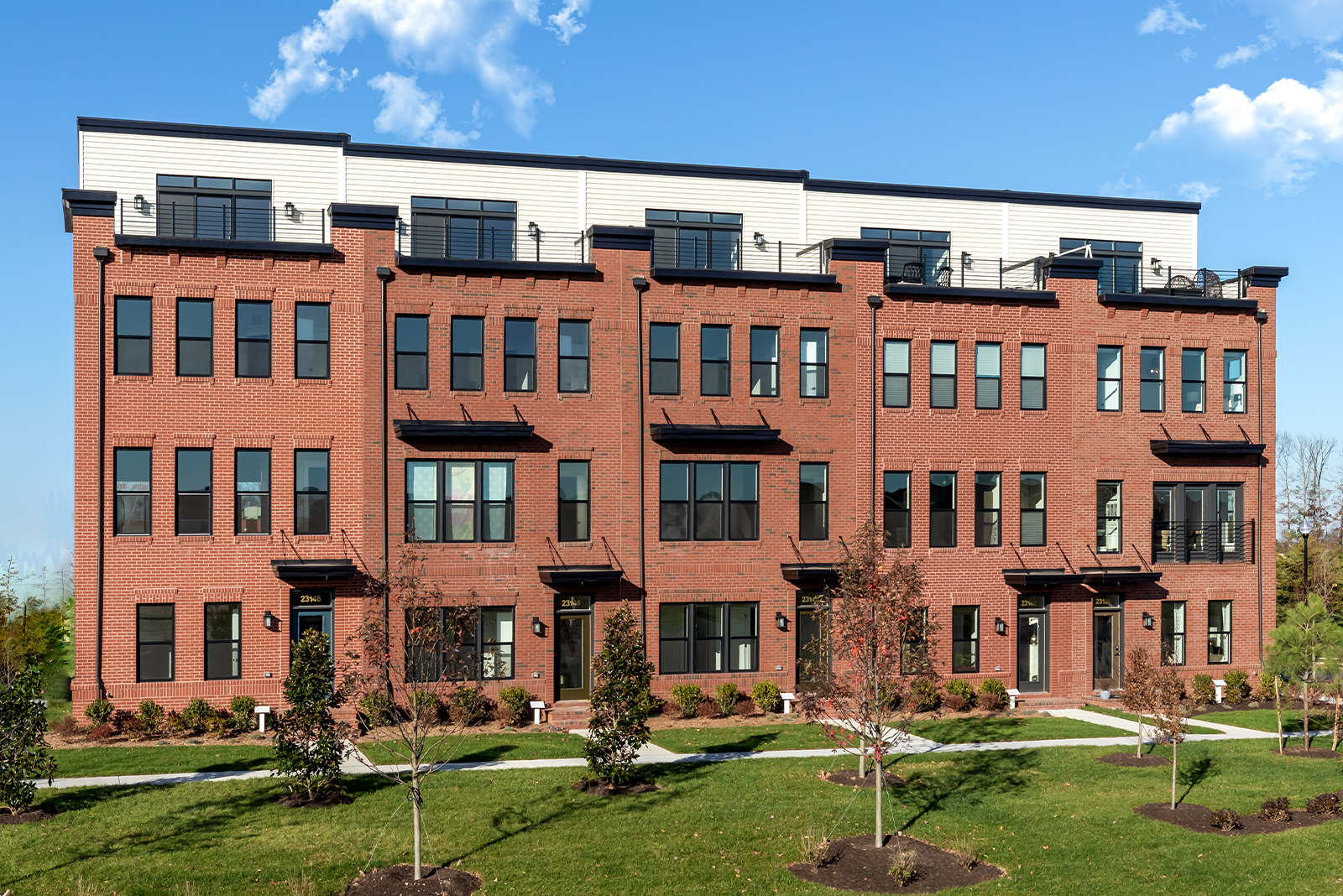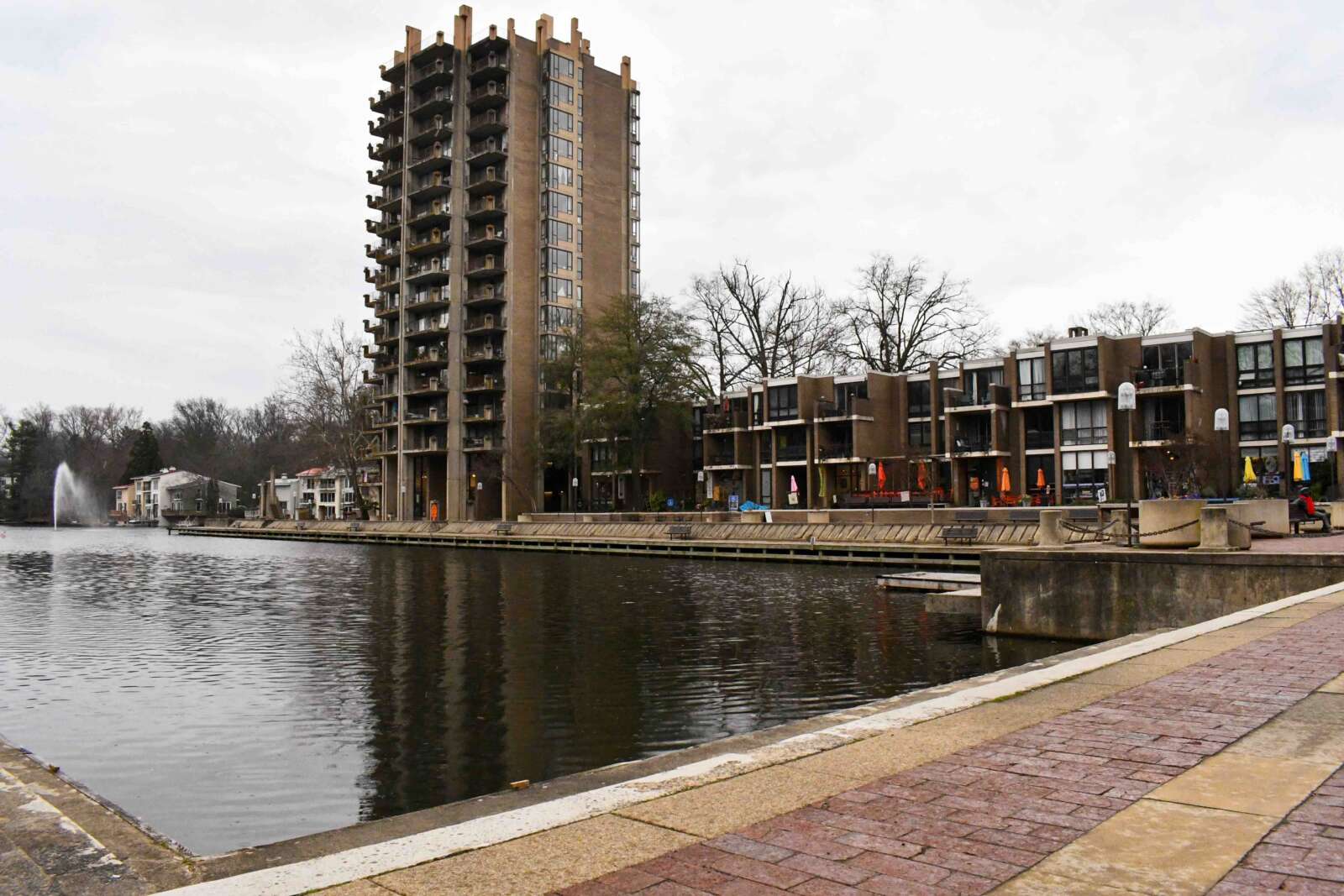 This is a column by Del. Ken Plum, who represents Reston in Virginia’s House of Delegates. It does not reflect the opinion of Reston Now.
This is a column by Del. Ken Plum, who represents Reston in Virginia’s House of Delegates. It does not reflect the opinion of Reston Now.
One of the responsibilities of the Governor of Virginia as dictated by the State Constitution is to propose a budget for a biennium.
With the governor being limited to one four-year term, the current scheduling of the two-year plan for state revenues and expenditures is awkward. A newly elected governor takes office inheriting a budget left by the preceding governor; likewise the final budget proposed by a governor is implemented by his or her successor.
The mid-term budget takes on special significance as it is the only one proposed and implemented by a governor. The significance of this budget was clearly not lost on Gov. Terry McAuliffe. Of course, in all instances the budget must be approved by the General Assembly.
Both the House of Delegates and the Senate made amendments to Gov. McAuliffe’s budget. In a ritual that happens each even-numbered year when the General Assembly meets in a “long” or 60-day session to consider the biennial budget, both houses have appointed conferees to work out the differences among the two houses and the governor.
The conference report, once approved by both houses and signed by the governor, becomes the state’s budget for the next two years beginning on July 1, 2016. For a comparison of the governor’s, House and Senate budgets, go to Budget Policy Choices.
With growth in the economy the budget proposed by Gov. McAuliffe and approved by the General Assembly will for the first time in history exceed $100 billion. While that number is huge in absolute terms, it is modest when Virginia as the 10th-wealthiest state in per capita income is compared to other states. Virginia’s state and local revenue as a percentage of personal income is 49th lowest among the states. The Commonwealth’s per capita state general fund expenditures are in the middle of the other states at number 25 with $2,168. The national average is $2,496.
Specifics of the conference committee report will be announced this week, but already the general outlines of the budget are clear. Priority was given by the governor and by both houses of the legislature to increase funding for public schools. Localities will be receiving more for K-12 education that will move the state closer to its level of funding prior to the 2008 recession.
The net new dollars to Fairfax and other localities will help balance local budgets but will not resolve all funding needs in local schools. Likewise, increased funding for colleges and universities will reduce the need for large tuition increases. An increase in ID/DD slots will make a small dent in the waiting list for persons in need of special services.
The greatest disappointment in the budgetary process is the refusal on the part of the majority in the House and the Senate to approve Gov. McAuliffe’s proposal to expand Medicaid in the state. The program expansion paid for by federal funds would have insured as many as 400,000 working poor people and would have freed up more than $250 million in state dollars that could have been spent on meeting other needs.
Budgets are always about making choices. Too bad we chose to pass up this opportunity.





